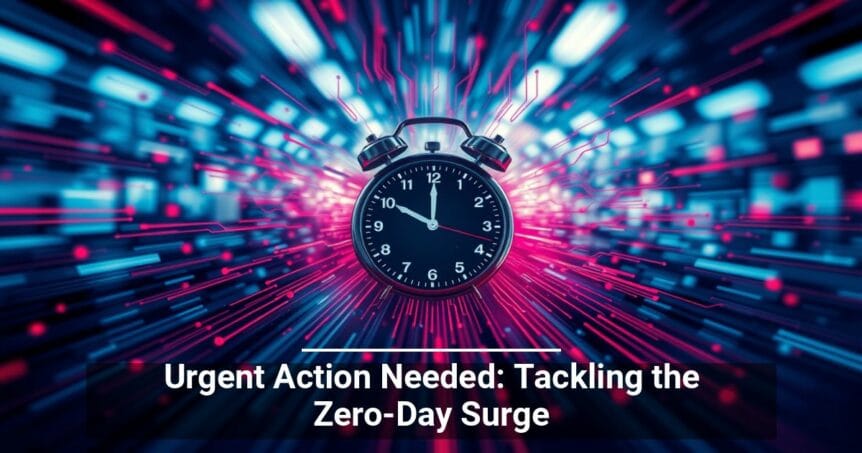Zero-day vulnerabilities are security gaps in software or systems that hackers exploit before developers know about them. The name “zero-day” highlights the absence of time for developers to address the flaw before it’s exploited. These vulnerabilities are particularly dangerous as they often lead to sudden and severe security breaches, referred to as zero-day surges.
Immediate Steps Following a Cyber Breach
When a cyber breach occurs, taking immediate action is crucial to limit the damage and prevent further exploitation.
To defend against zero-day exploits, establishing strong security protocols is essential. Educate your employees to identify phishing attempts and suspicious links that may introduce malware. Invest in firewalls, antivirus software, and engage cybersecurity experts for regular system audits to strengthen your defense against attacks.
Third-party vendors can also be a source of vulnerabilities, especially if they have access to your data. These partners are essential to your supply chain but may inadvertently expose your systems to risks. Perform thorough cybersecurity assessments of these partners and require them to undergo vulnerability audits. Incorporate rigorous security requirements into vendor contracts to ensure adequate protection.
An unpatched system is an easy target for cybercriminals. Developers regularly release updates to fix known vulnerabilities, making it crucial for businesses to keep their systems updated. Enable automatic updates for both software and hardware to safeguard against newly discovered threats. By maintaining an up-to-date security posture, you reassure partners of your dedication to data protection.
Maintaining Vigilance Against Future Attacks
While implementing these strategies significantly reduces the risk of zero-day surges, it’s vital to stay vigilant. Continuously educate yourself and your team about emerging threats and cybersecurity trends. By staying informed and proactive, you can strengthen your defenses and minimize the likelihood of future breaches.
In conclusion, addressing zero-day threats requires a mix of understanding vulnerabilities, taking immediate recovery actions, and staying alert against potential attacks. With the right approach, businesses can confidently navigate the complexities of cybersecurity and ensure resilience against emerging threats.





